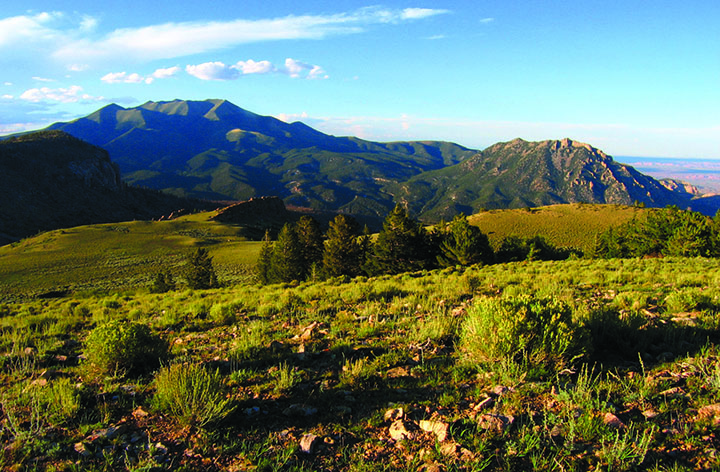In a ruling that raises serious questions about several other Bush-era land use plans in Utah, a federal district court judge has directed the Bureau of Land Management (BLM) to go back to the drawing board with the Richfield resource management and travel plan, and to do it with reasonable speed.
Specifically, Judge Dale Kimball directed the BLM to complete comprehensive cultural surveys and additional analyses over the next 1-3 years for lands within the Richfield resource management area.
Judge Kimball’s long-awaited May ruling—a so-called “remedy decision”—follows the November 2013 decision in a suit conservationists brought against the Richfield plan. The court held that the plan violated several substantive laws but deferred a decision on the appropriate remedy until a second round of briefing was completed.
In the Richfield plan, which primarily covers lands between Capitol Reef and Canyonlands National Parks, the BLM designated over 4,200 miles of dirt roads and trails for ORV use. That’s the distance from Los Angeles to New York City and a good part of the way back. The BLM made the designations despite evidence that ORVs damage Utah’s unique redrock landscapes, harm irreplaceable cultural resources, and cause conflicts with other public lands visitors.

Henrys, Dirty Devil at Risk
SUWA led a coalition of conservation groups in challenging the plan, hoping to stem the ORV damage to wilderness landscapes such as the Dirty Devil Canyon system (including Butch Cassidy’s infamous hideout, Robber’s Roost), the Henry Mountains (the last mountain range to be mapped in the lower 48 states) and Factory Butte.
Richfield’s is just one of six land use plans—covering more than 11 million acres of eastern and southern Utah—that the Interior Department shoved out the door as the Bush administration left office in 2008. The other five are of a piece with the Richfield plans: all wildly unbalanced in favor of off-road vehicle use and energy development. And all threaten Utah’s redrock country.
Judge Kimball’s decision flatly rejects the Utah BLM’s “designate trails first, think later” approach to off-road vehicle management. And by setting forth strict timelines for the agency to undertake long-overdue inventories for cultural sites and to prepare necessary environmental analyses, the court has sent a clear message that the status quo is not acceptable. Utah’s remarkable redrock landscapes deserve better!
The Obama administration, unfortunately, has continued to defend its predecessor’s plans, both in court and in practice. We have challenged all six; the Richfield plan is the first to be litigated. Stay tuned as we work to apply these decisions to the other five plans.
The coalition of conservation groups challenging the plans includes SUWA, the Sierra Club, the Grand Canyon Trust, the National Parks Conservation Association, The Wilderness Society, the Natural Resources Defense Council, the Utah Rivers Council, Great Old Broads for Wilderness, the National Trust for Historic Preservation and Rocky Mountain Wild.
Representing the groups are attorneys Heidi McIntosh and Robin Cooley of Earthjustice, Steve Bloch and David Garbett of SUWA, and Robert Wiygul of Waltzer, Wiygul and Garside. Attorneys Nada Culver and Alison Flint of The Wilderness Society are also part of our legal team.
—Steve Bloch
(From Redrock Wilderness newsletter, summer 2015 issue)

